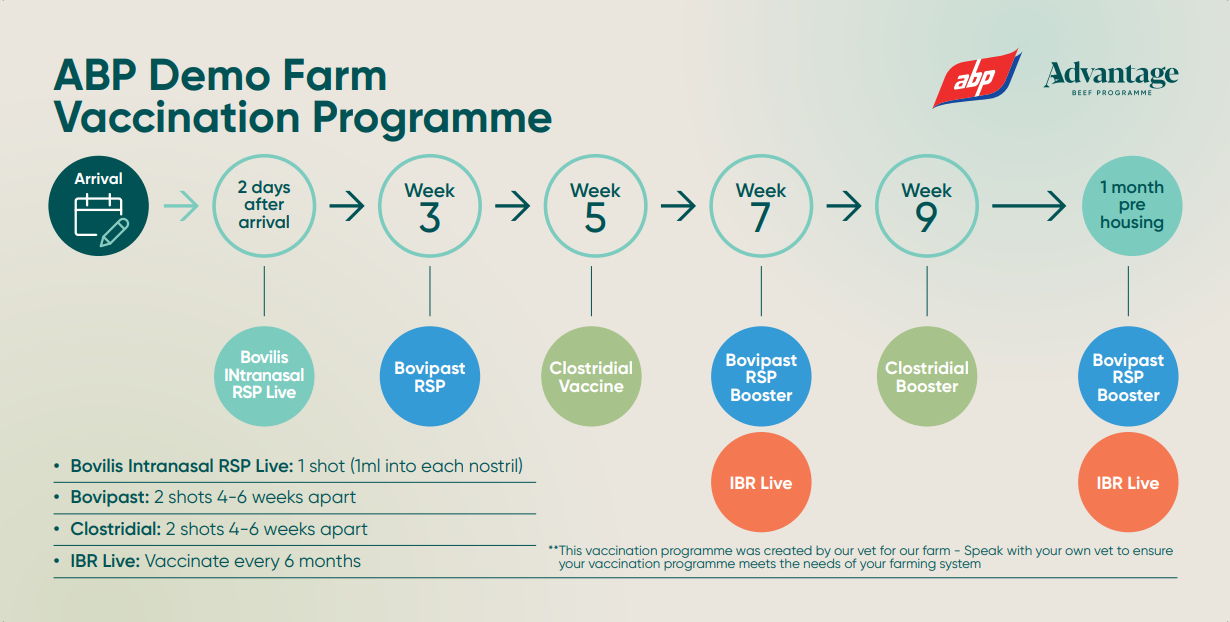Advantage Beef Programme


The series will delve into what you should and shouldn't do this spring, what milk replacer, concentrates, and vaccines farmers should be using and the importance of purchasing in the right genetics on your farm.
The series will take you to different farm situations, seeing where beef farmers are buying their calves from, what difficulties they have purchasing, and how they achieve weight targets and increased performance.
Rearing calves is not always straightforward and there can be substantial costs involved. Farmers should be trying to minimise that cost now by getting themselves set up with sheds and supplies before buying calves.
Now is the time to get sheds organised before rearing calves, make a shopping list, ensure milk replacer and concentrates are ordered, and speak with the dairy farmers you purchase your calves from.
If purchasing from multiple dairy farms directly, farmers should also question whether there was a difference in the performance of their calves.
From 2024, taking the example of angus bull calves bought on the ABP Demo Farm, there was a difference of 0.1kg/day between the best and worst herds.
This amounts to 3kg per month or over 20kg in total, since these animals were turned out last summer.
Farmers should ensure water troughs are at calf height so water is easily accessible.
Check for draughts in the shed – straw beds should not be moving with a breeze and there should be no draughts at calf level.
All drainage outlets, pipes, and grid covers should be thoroughly cleaned, along with cleaning and disinfecting calf feeders and replacing rubber teats.
If using automatic calf feeders, book a service and calibrate the machine for the first pallet of milk replacer.
Farmers should also stock up on veterinary supplies. Lectades, needles and syringes, dehorner, gas, and vaccines should all be readily available.
Farmers should choose a good quality concentrate with an 18% protein nut or ration being advised. Whether it is a nut, pellet, or ration, once it is good quality, it doesn’t matter which one you use.
The trough should be topped up daily with fresh concentrates and the stale leftovers should be cleaned out before each top-up.
When it comes to milk replacer, farmers should aim for a protein content of 20-25% - whey- or skim-based is easier digested than non-milk proteins (e.g. wheat gluten, wheat starch, wheat protein).
The farmer should aim to purchase a milk replacer with a fat content of 17-20% and an ash content of over 8.5% (high ash content can lead to stomach upsets, scour).
Ideally, the fibre content should be over 0.15% as a fibre content higher than 0.15% can indicate that there is a high level of indigestible non-milk proteins used.
Milk replacer ingredients are listed in descending order, with the highest inclusion rate first, and so on.
Below is an estimate of the costs of calf rearing, It has been divided into the milk-feeding phase and post-weaning phase.
Note that labour, land, and fixed costs have not been included as these differ from farm-to-farm.
These figures are based on inputs purchased at market price. Farmers should adjust according to their own costs.
The costs associated with rearing a calf from birth to four months (February to May) is as follows:
| 0-4 months | Cost/unit | Units used | Cost/calf |
|---|---|---|---|
| Calf cost | 200 | 1 | €200.00 |
| Milk replacer (kg) | 3.3 | 31.5 | €103.95 |
| Concentrates (kg) | 0.38 | 157 | €59.66 |
| Straw (round bale) | 30 | 1 | €30.00 |
| Vaccines/dosing | €32.48 | ||
| Vet costs | 5 | 2 | €10.00 |
| Mortality (2%) | 2 | 2 | €4.00 |
| Total | €440.09 |
The milk replacer above is based on a price of €3,300/tonne and the calf concentrates are based on a price of €380/tonne, while the mortality is estimated at 4%/year which is divided into two phases of calf life.
The costs associated with rearing a calf from four to 10 months (June to December) is as follows:
| 4-10 months | Cost/unit | Units used | Cost/calf |
|---|---|---|---|
| Concentrates (kg) | 0.35 | 266 | €93.10 |
| Silage | 24.88 | 1.32 | €32.84 |
| Vaccines/dosing | €13.56 | ||
| Vet costs (castration, herd test, antibiotics) | €10.00 | ||
| Fertiliser | €9.88 | ||
| Mortality (2%) | 2 | 2 | €4.00 |
| Total | €163.38 |
The costs from the table above are based on a 16% concentrate purchased at €350/tonne and the silage cost includes fertiliser, contractor mowing, raking, and bailing.
To get a better understanding of the cost associated with the vaccine/dose regime, the vaccination and dosing protocol for calves has been outlined with the cost of each individual dose and vaccine included.
The vaccine/dosing regime for calves from birth to four months (February to May) is as follows:
| Vaccine/dosing | Unit | Cost/dose | No. of doses | Total Cost |
|---|---|---|---|---|
| Bovilis INtranasal RSP Live | Shot | 6 | 1 | €6.00 |
| Tribovax 10 | Shot | 1.42 | 2 | €2.84 |
| Bovilis Bovipast RSP | Shot | 8.12 | 2 | €16.24 |
| Bovilis IBR Marker Live | Shot | 3.5 | 1 | €3.50 |
| Cevazuril (cocci dose) | ml | 0.13 | 30 | €3.90 |
| Total | €32.48 |
The ABP Demo Farm vaccination programme from the calves day of arrival until 10 months of age is as follows:

The vaccine/dosing regime for calves aged four to 10 months (June to December), is as follows:
| Vaccine/dosing | Unit | Cost/dose | No. of doses | Total cost |
|---|---|---|---|---|
| Bovilis Bovipast RSP (Booster) | Shot | 8.12 | 1 | €8.12 |
| Bovilis IBR Marker Live (Booster) | Shot | 3.5 | 1 | €3.50 |
| Animec injection (Dose 1) | ml | 0.07 | 3.5 | €0.25 |
| Albex (Dose 2) | ml | 0.017 | 20 | €0.34 |
| Animec injection (Dose 3) | ml | 0.07 | 5 | €0.35 |
| Butox Pour On | ml | 0.058 | 10 | €0.58 |
| Albex (Dose 4) | ml | 0.017 | 25 | €0.43 |
| Total | €13.56 |